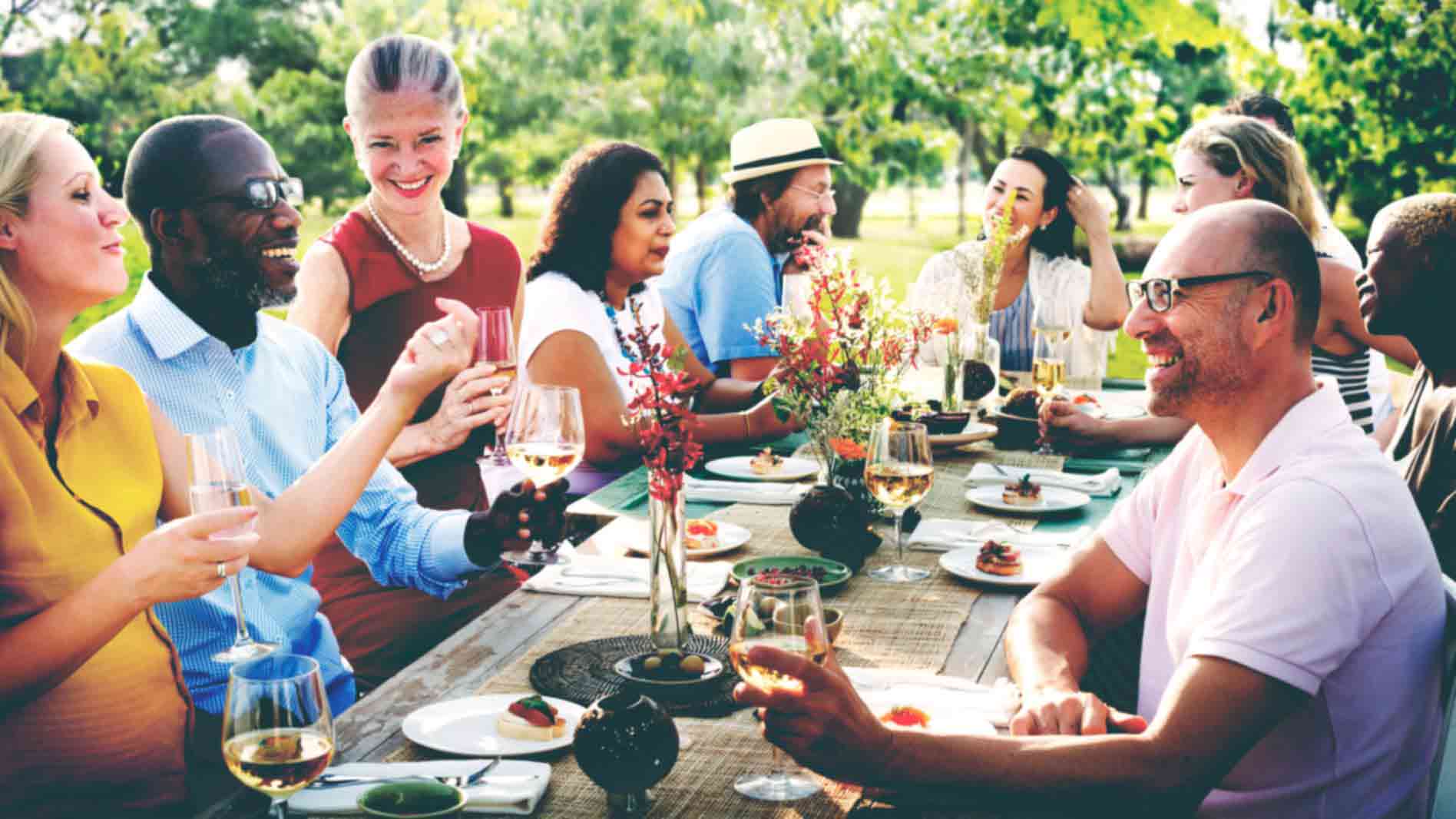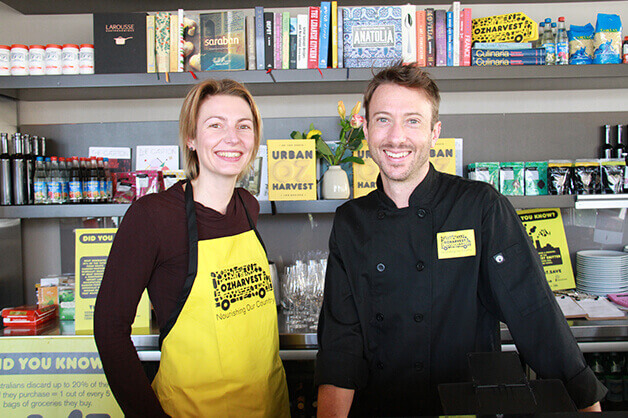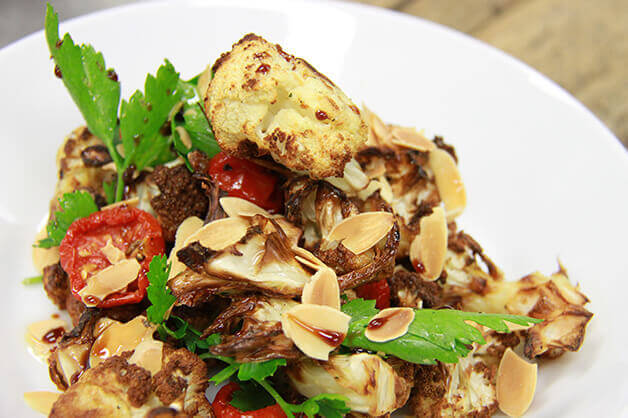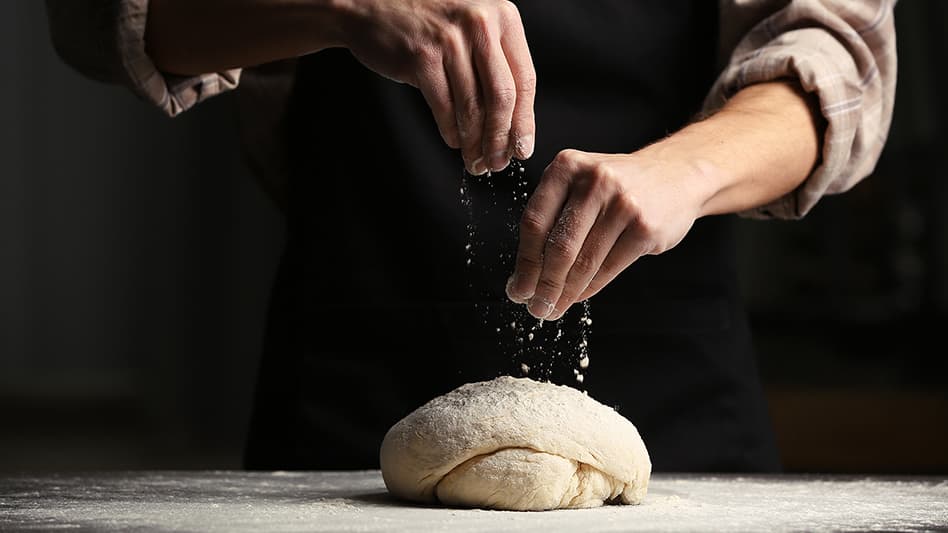Be inspired with recipes created by chefs.
Sign up for updates about products, special offers, news and promotional materials from Goodman Fielder.

Summary
The rise in millennials eating out has altered the food service landscape – we take a second look at how their curiosity with the new and alternative “guerrilla dining” can shed some light on your restaurant strategy.
Just when you thought you’d figured out what diners wanted; you’ve served them towering burgers and craft beers and artist-designed dining rooms, they decide they prefer to eat in car parks and abandoned lots, on rickety stools with a group of strangers.
Ardent foodies are pushing back against the restaurant scene they once loved to embrace a new global trend: guerrilla dining.
It’s got military connotations because it is a kind of warfare. Guerrilla dining is all about taking food underground, back to basics and away from the flashy restaurant fitouts that have previously made restaurants blog-worthy.
Like any good revolutionary movement, sometimes this means official gatherings are held in the leader’s lounge room, sometimesat makeshift premises like antique stores or defunct restaurants, other times the rebelleaders prefer to take their show on the road, spreading the seeds of dissent with food trucks that pop up in your neighbourhood when you least expect it.
The concept of guerrilla dining is thought to have originated in Cuba, where paladares operate in modest family homes, welcoming visitors to their kitchen table to share their soulful cooking and the company of generous, interesting people.
The question for Chefs and restaurateurs is, what are contemporary foodie freedom fighters barracking for and what would entice them back to established dining rooms without compromising their newfound food philosophies?
It may appear that established restaurants could never emulate the lure of the illicit dining room, the thrill of being in on the secret password that will grant you access to a mystery feast.
But there are things we can learn about the public’s desire to be part of something smaller, more personal, than what they’re currently getting in high octane dining rooms where entry requires, not a password, but the latest shoe, the right haircut and a wallet full of cash.

Restaurants can start by offering real food that provides value for money. The public has demonstrated that it is not opposed to paying a premium for premium product, but the thrill of a sensational meal is always heightened when diners feel like they’re getting bang for their buck.
OzHarvest has the right idea here. Harvested is Australia’s first ever pop-up cafe to feature a menu constructed from rescued food and the kitchen delivers a highquality two-course meal created by professional chefs for just $15 per person.
Not only do you get a delicious, nutritious lunch for less than the cost of a fast food meal deal, but you can digest easy in the knowledge that with your $15, OzHarvest will be able to feed 30 underprivileged Australians.
Restaurants don’t need to price themselves out of existence, but finding a price point that excites customers and works for the business is crucial to getting people through the door.
|Image| Sophie Chamberlin and Travis Harvey at Ozharvest‘s Harvested pop up cafe
Guerrilla dining is about more than just cheap eats, though. Some underground dinner parties involve six or seven courses and are priced at upwards of $150 per person.
The movement, at its core, is about appreciation for good produce, skilled cooking and innovative menus that push the boundaries of culinary style and technique.
Taste is the number one factor when you take away the distraction of the commercial dining room.
The public is championing anti-sausage factory dining and the demand on restaurateurs is this: be unexpected. It is no longer enough to give your menu a few nudges each quarter and call it “seasonal”. Adding a soup option to your regular repertoire does not make it a specialised winter menu.
Foodies, if they are to dine with you regularly, want to know that your menus are curated each morning once you lay eyes on the produce at the farmers markets.
They want to know you’re supporting local farmers and purveyors and making the effort to source ingredients that are organic and sustainable.
It is no longer a virtue to have a huge list of dishes available from the kitchen. A short, well-thought-out menu goes a long way, as does a menu with an audacious streak; the younger generation of diners want their thrills and spills to happen on the plate and they sample unfamiliar ingredients with gusto.
In a market flooded with restaurant offerings, its seems strange that diners would risk their cash (and possibly their health) taking meals in an unconventional location that’s without permits or licenses and often run by home cooks.
What it comes down to is the pleasure of an exclusive experience, the exhilaration of being part of something unique.
Sure, staying at the Hilton Times Square will be safe, reliable and probably satisfying, but the success of Airbnb has demonstrated that many travellers would prefer to rent a room in a private home to broaden the possibilities of their trip.
To connect with locals and experience an unsanitised version of life in the city. Give it to them raw and a little rough around the edges, just make sure you give them something real to write home about.
|Image| Roast cauliflower, cherry tomato and almond salad at Harvested
To some extent, the popularity of sharing dining experiences online through social media is at the heart of the boom of the guerrilla dining movement.
Social media strategists will tell you brands with loyal followers can rely on ordinary consumers to spread the word about the business but this relationship isn’t built on photos of impeccably plated food alone.
Restaurants must make a connection with diners, one they won’t get in the cookie cutter dining rooms of the Hilton, but the ones they’re more likely to find in the raucous, slightly unpredictable tumult of the designer’s loft in the Meatpacking District.
So what do these “anti-establishent” principles look like in a successful “established” restaurant?
Famed Danish eatery Noma, named the best in the world time and again, and with two Michelin stars to boot, is the perfect example of a restaurant that shares the principles of guerrilla dining.
First established in a Danish warehouse (albeit, with a designer fitout), Noma is not afraid to get on the road, shutting down its operation altogether in early 2015 to relocate to Japan for two months, and recently announcing it will bring the Noma experience to Sydney’s Barangaroo development for 10 weeks in early 2016.
With each Noma relocation comes a more innovative menu compiled of local, foraged ingredients that push the boundaries of dining, encouraging guests to explore a dish with all the senses.
Of course, the limited life span of these pop-ups gives diners that urgency to “do” Noma, whilst the mystery menu cultivates the thrill they’re currently seeking in guerrilla kitchens.
At its core, Noma is really about Chef Rene Redzepi’s deep love for, and excitement about, food. And that’s always at the core of what makes a restaurant, any restaurant, great.
Everyone loves to be in on a secret.
While underground dining may have the upper hand when it comes to mystery, anticipation and rebellious glamour, showing the public that your kitchen is courageous, your dining room is genuinely welcoming and your whole operation believes in the principles of sharing good food and nourishing people, you’ll be in with a shot at competing for diners’ attention.
Secrets are tricky things, but aiming at being a badly kept one is good for business.
To experience an underground dining event for yourself, check out Bakery Nights, Secret Foodies and Secret Dining Society.
Related Ideas
7 Ways to Survive Service in the Festive Season
Here are our tips, straight from the chef's mouth, on how to survive the festive season in the kitchen
A Chef’s Guide to Gluten Free Baking
Want to know how to turn your bakery goods into a gluten free delight? Check out our gluten free baking guide now.





